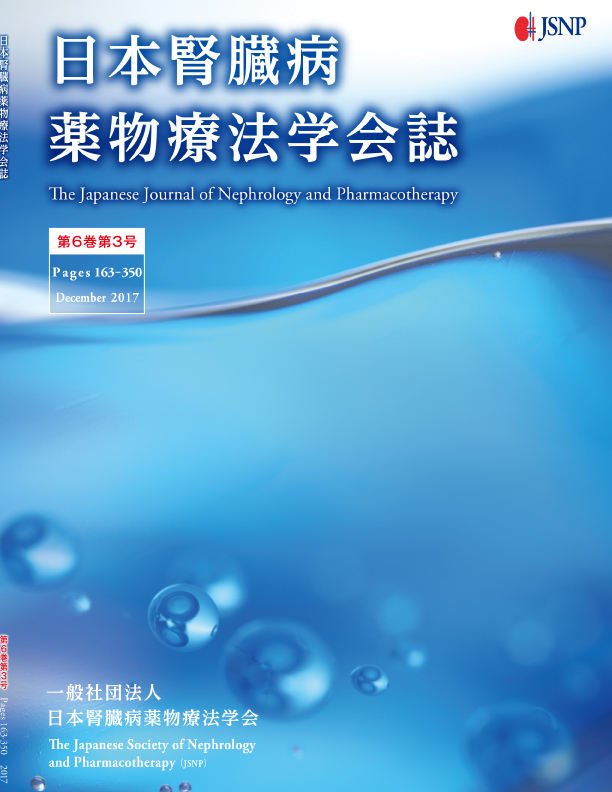[Purpose] We examined the area under the blood drug concentration-time curve (AUC) of varenicline in low-body-weight smokers with renal dysfunction.[Methods] We estimated the probability that the AUC may exceed 200, 250, 300, 350, or 400 ng・h/mL with respect to the dose of varenicline (2.0, 1.5, 1.0 mg/day) in patients with a body weight of 65 or 55 kg and creatinine clearance (CLcr) of 100, 60, or 40 mL/min by performing 10,000 sessions of Monte Carlo simulation based on population parameters. The effective AUC range was set at 200 to 300 ng・h/mL, and the nausea/vomiting appearance range at 300 ng・h/mL or more.[Results] The probability that the AUC may exceed 300 ng・h/mL was 0.1% when estimating it under the following conditions: body weight, 65 kg; dose, 2.0 mg/day; and CLcr, 100 mL/min. In patients with a CLcr of 40 mL/min, it was 100%. When administering varenicline at 1.5 mg/day to patients with a CLcr of 40 mL/min, the probability that the AUC may exceed 200 ng・h/mL was 99.9%. The probability that it may exceed 300 ng・h/mL was 34.0%.The probability that the AUC may exceed 200 and 300 ng・h/mL was 89.7 and 3.7%, respectively, when estimating it under the following conditions: body weight, 55 kg; dose, 2.0 mg/day; and CLcr, 100 mL/min. In patients with a CLcr of 60 mL/min, the probability that it may exceed 300 ng・h/mL was 84.2%. When administering varenicline at 1.5 mg/day to patients with a CLcr of 60 mL/min, the probability that the AUC may exceed 300 ng・h/mL was 8.6%. When administering varenicline at 1.0 mg/day to patients with a CLcr of 40 mL/min, the probability that it may exceed 200 ng・h/mL was 78.4%. The probability that the AUC may exceed 300 ng・h/mL was 2.9%.[Conclusion] Of patients weighing 65 kg, it was necessary to consider dose reduction to 1.5 mg/day in those with a CLcr of 40 mL/min. When weighing 55 kg, this was necessary in those with a CLcr of 60 mL/min. Dose reduction to 1.0 mg/day was necessary in those with a CLcr of 40 mL/min.
View full abstract
